.....Read More
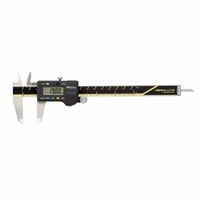
Calipers & Accessories
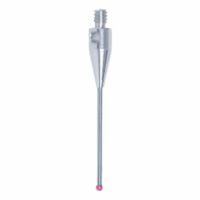
Coordinate Measuring Machines (CMM), Components & Accessories
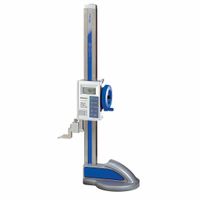
Height Gauges & Accessories

Indicators, Indicator Holders & Accessories
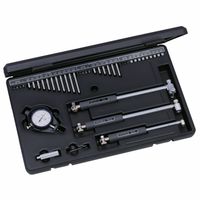
Inside Diameter Gauges
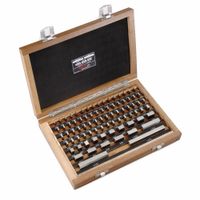
Inspection & Calibration Tools & Equipment
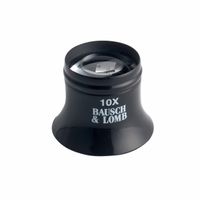
Magnification Instruments
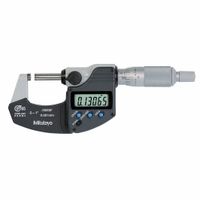
Micrometers, Depth Gauges & Accessories
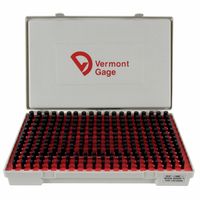
Pin, Plug & Ring Gauges

Precision Measuring Tool Kits
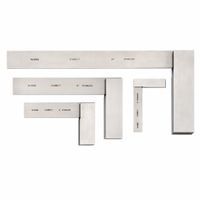
Protractors, Machinist Squares & Sets

Quick-Check Reference Gauges
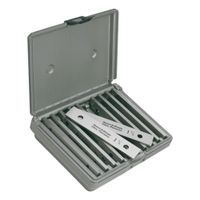
Setup, Layout & Alignment Tools

SPC Components for Precision Measuring Tools

Surface Property Testing
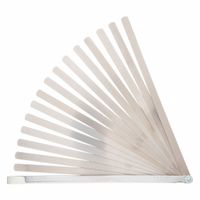
Thickness Gauges, Feeler Gauges & Snap Gauges
Frequently Asked Questions
What are the different types of precision measuring tools?
How do you calibrate a micrometer?
What is the difference between a caliper and a micrometer?
How do you use a height gauge?
What is the purpose of a surface roughness tester?
How do you read a vernier caliper?
What are the applications of thickness gauges?
How do you maintain precision measuring tools?
What is the accuracy of a digital caliper?
How do you perform a pass/fail test with pin gauges?